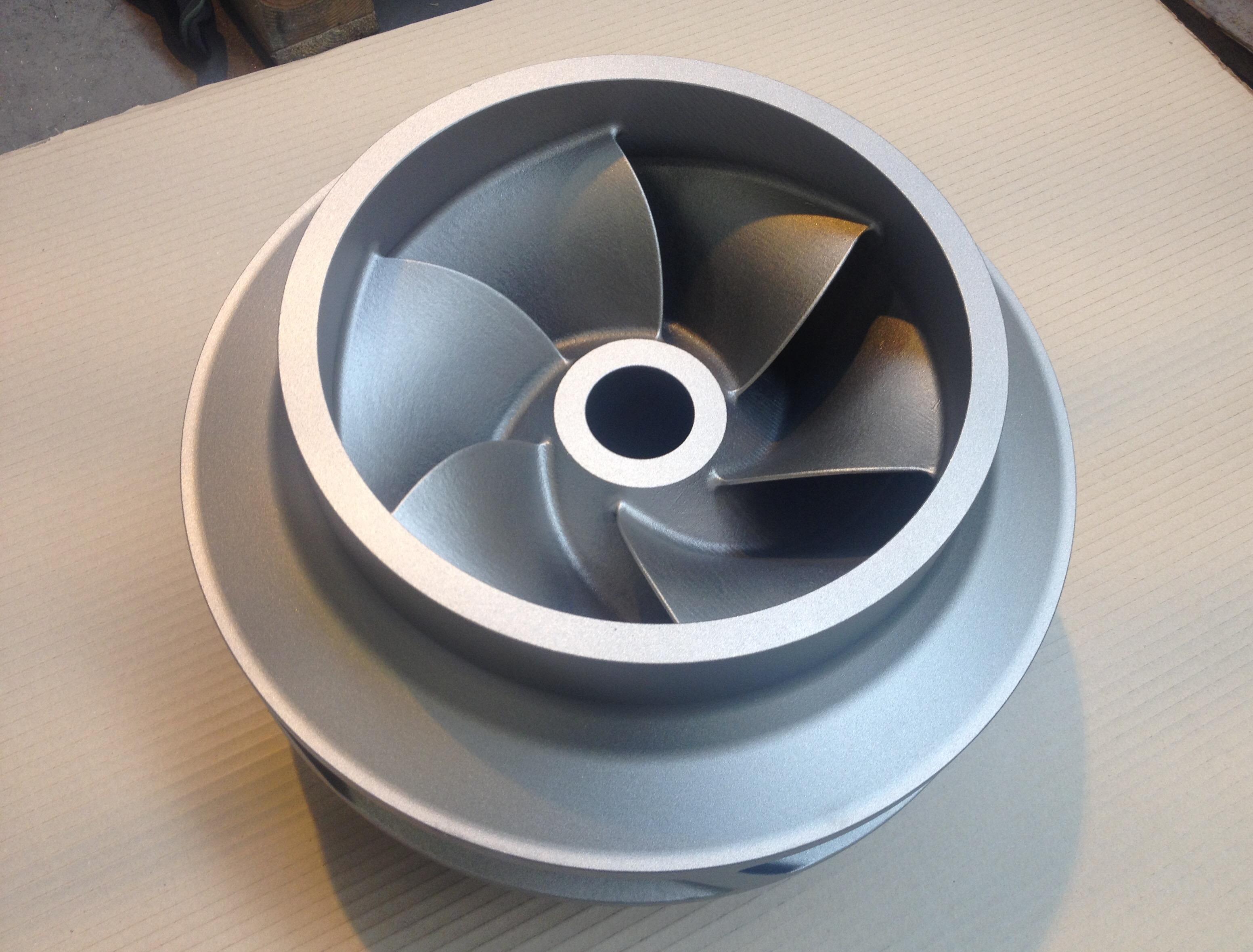Grinding machining has long been a cornerstone of manufacturing processes, known for its ability to achieve high precision and superior surface finishes. With advancements in technology, the grinding industry is experiencing a wave of innovations that are enhancing efficiency and accuracy. Here’s a closer look at some of the key developments reshaping grinding machining.
1. Advanced Abrasive Materials
The development of new abrasive materials, such as superabrasives, has significantly improved grinding performance. Diamond and cubic boron nitride (CBN) abrasives provide exceptional hardness and thermal conductivity, enabling faster material removal rates and longer tool life. These materials can handle harder workpieces, making them ideal for industries like aerospace and automotive.
2. Smart Grinding Machines
The integration of smart technology into grinding machines is transforming how grinding processes are managed. Smart machines equipped with sensors can monitor various parameters in real time, such as temperature, vibration, and wheel wear. This data allows for predictive maintenance, helping to prevent machine downtime and ensure consistent performance. Operators can make informed adjustments, leading to improved accuracy and reduced scrap rates.
3. Automation and Robotics
Automation is playing a crucial role in enhancing grinding efficiency. Robotic arms can handle loading and unloading of parts, allowing grinding machines to operate autonomously. This not only increases throughput but also minimizes human error, ensuring consistent part quality. Automated grinding systems can also optimize the grinding cycle by adjusting parameters based on real-time feedback.
4. CNC Grinding Technology
CNC grinding machines are becoming increasingly sophisticated, offering greater flexibility and precision. These machines can be programmed to perform complex grinding operations, allowing manufacturers to produce intricate shapes and profiles with high accuracy. CNC technology also facilitates batch production, enabling quick changeovers and reduced lead times.
5. Improved Coolant Systems
Effective cooling is essential in grinding operations to prevent thermal damage and maintain surface integrity. Innovations in coolant systems, including high-pressure coolant delivery and minimum quantity lubrication (MQL), enhance cooling efficiency. These systems help reduce friction and heat generation, leading to improved tool life and surface quality.
6. Eco-Friendly Practices
Sustainability is a growing concern in manufacturing, and the grinding industry is no exception. Innovations such as closed-loop coolant systems and biodegradable grinding fluids are helping to minimize environmental impact. These practices not only comply with regulations but also appeal to environmentally conscious consumers.
Conclusion
Innovations in grinding machining are driving significant improvements in efficiency and accuracy. Advanced materials, smart technologies, automation, and eco-friendly practices are reshaping the industry and enabling manufacturers to meet the growing demands for high-quality components. As these technologies continue to evolve, the future of grinding machining promises even greater capabilities and enhanced competitiveness in the market. Manufacturers who embrace these innovations will be better equipped to thrive in an ever-changing landscape.

